The Impact of Drought Stress on Maryland's Trees: June 2023 Update
Drought Stress Impact on Maryland Trees
Maryland, known for its diverse landscape and abundant wooded areas, has been grappling with the adverse effects of climate change. The state has experienced an increasing number of drought episodes, which pose significant challenges to the health and vitality of its trees. Drought stress places trees under immense strain, disrupting their normal physiological processes. Insufficient water availability impairs a tree's ability to uptake essential nutrients and causes dehydration. Consequently, weakened trees become more susceptible to pests, diseases, and other environmental stressors, leading to increased mortality rates. In June 2023, Maryland witnessed an uptick in tree mortality due to prolonged drought conditions.
When trees are experiencing drought stress, it's important to provide them with proper care and treatment to help them recover. Here are some measures you can take to assist drought-stressed trees:
- Watering: Ensure the tree receives adequate water. Deep, infrequent watering is generally more effective than frequent shallow watering. Use a soaker hose or drip irrigation system to provide slow, deep watering directly to the tree's root zone. Apply water slowly over an extended period to allow it to penetrate the soil deeply. Avoid watering the tree's foliage, as this can promote disease.
- Mulching: Apply a layer of organic mulch, such as wood chips or shredded bark, around the base of the tree. Mulch helps conserve soil moisture, moderates soil temperature, and reduces weed competition. Apply a 2 to 3-inch layer of mulch, making sure to keep it a few inches away from the trunk to prevent rot.
- Pruning: Remove any dead or diseased branches from the tree. Pruning helps reduce stress on the tree by directing its energy to healthier parts. Be cautious not to remove more than 25% of the tree's foliage, as it needs leaves to produce food through photosynthesis.
- Fertilization: In some cases, applying a slow-release or organic fertilizer can assist in the recovery of drought-stressed trees. Consult an arborist or a local nursery to determine the appropriate fertilizer type and application method for your specific tree species.
- Avoid stressors: Minimize additional stress factors on the tree, such as excessive foot traffic around its base, construction activities, or use of herbicides near the tree. Limiting these stressors will give the tree a better chance of recovery.
- Consult an arborist: If you're uncertain about the severity of the drought stress or the best course of action, it's advisable to consult a certified arborist or tree care professional. They can assess the tree's condition and provide specific recommendations tailored to your situation.
Remember that recovery from drought stress takes time, and not all trees will survive severe drought conditions. It's crucial to monitor the tree's progress and adjust your care accordingly. Our certified arborists at Mead Tree & Turf Care can assess your trees and provide recommendations and treatment for care.



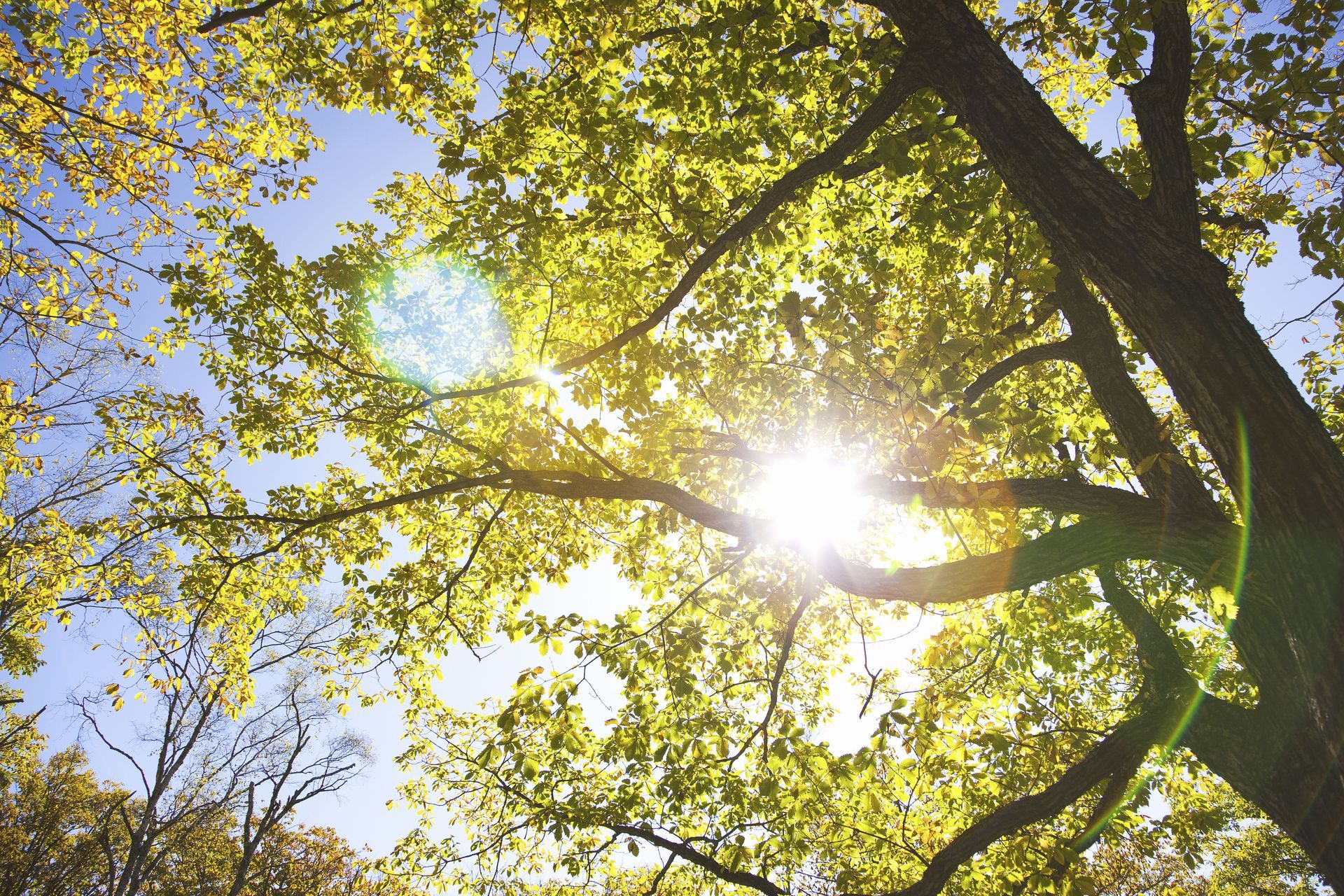

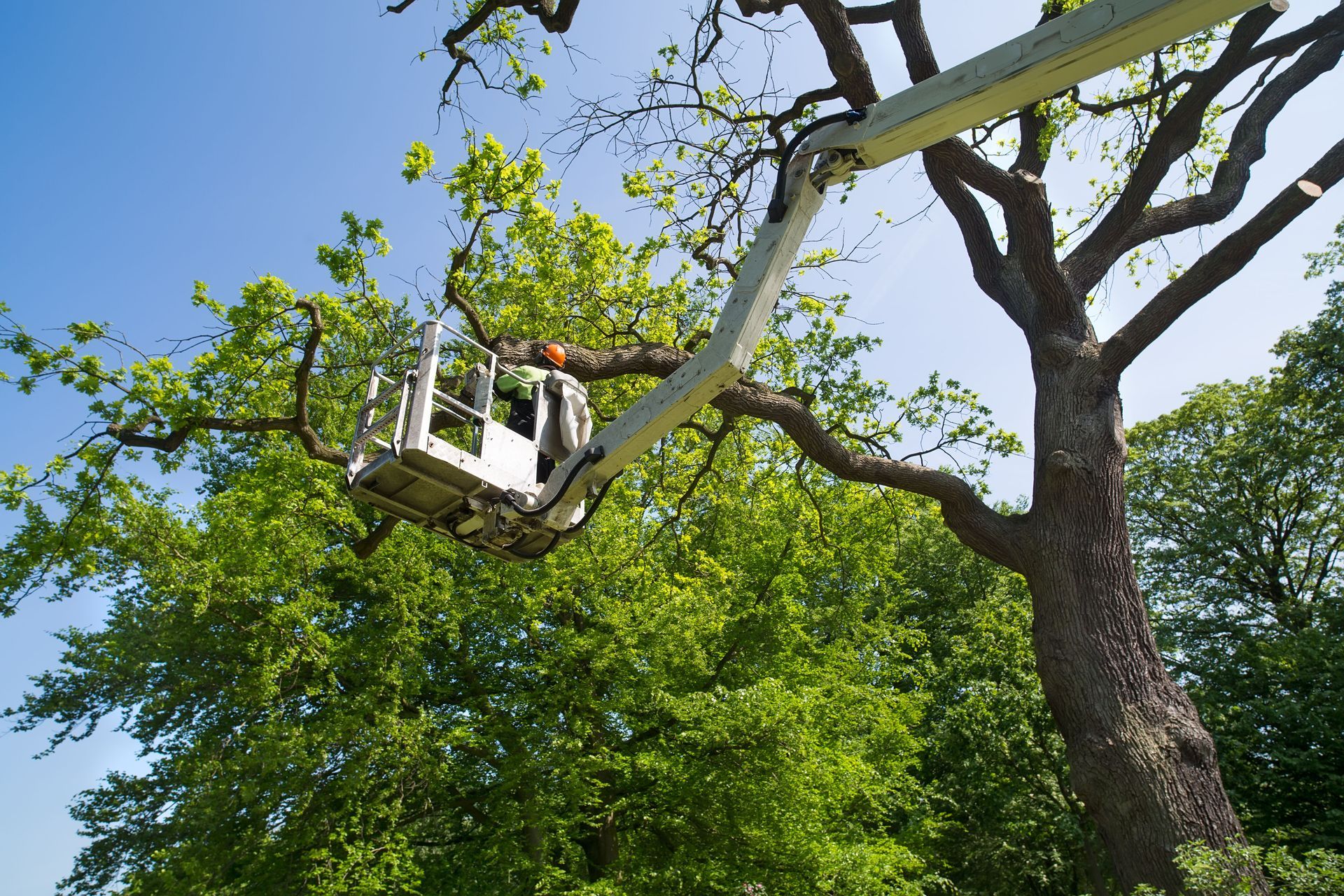

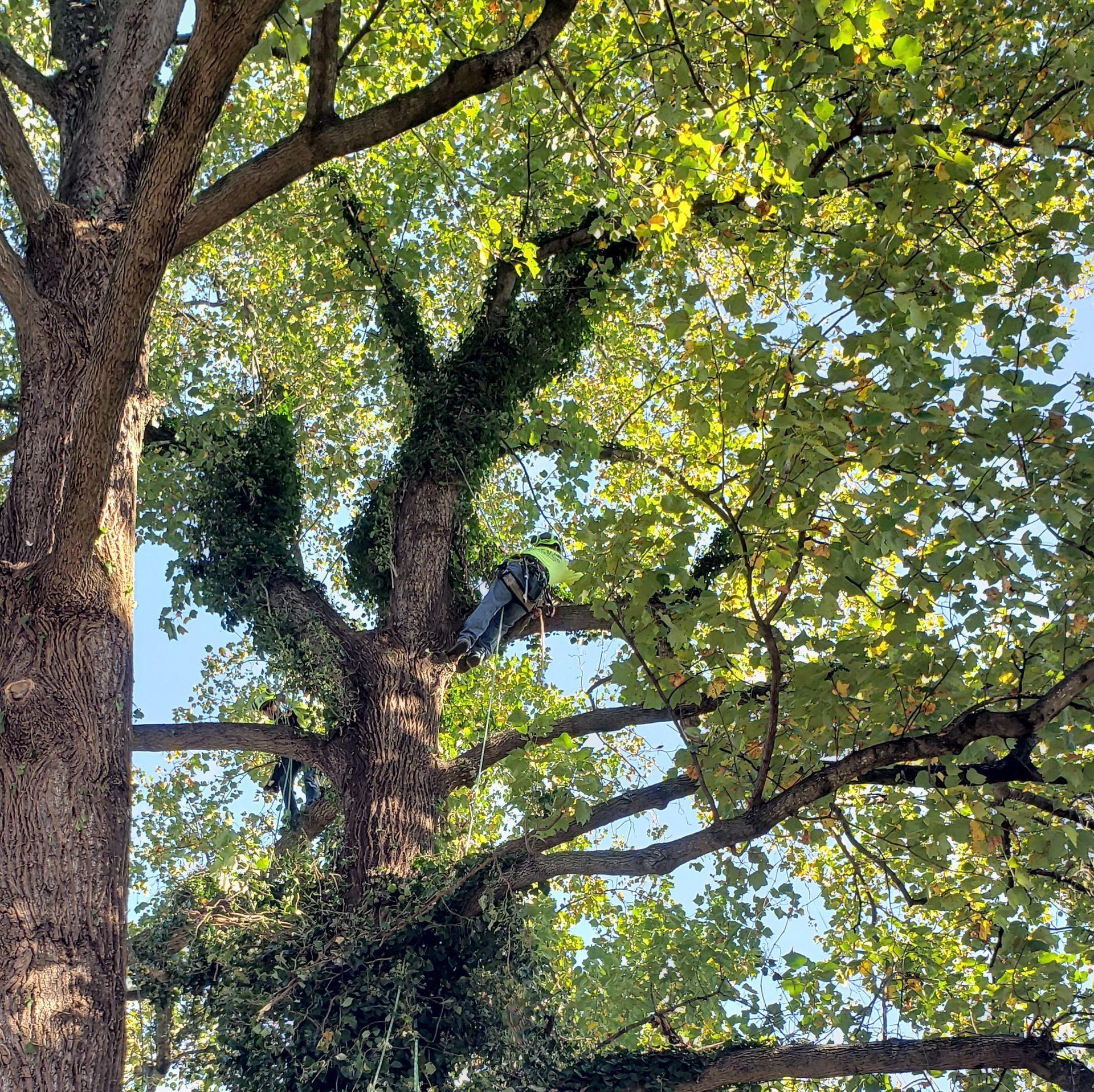
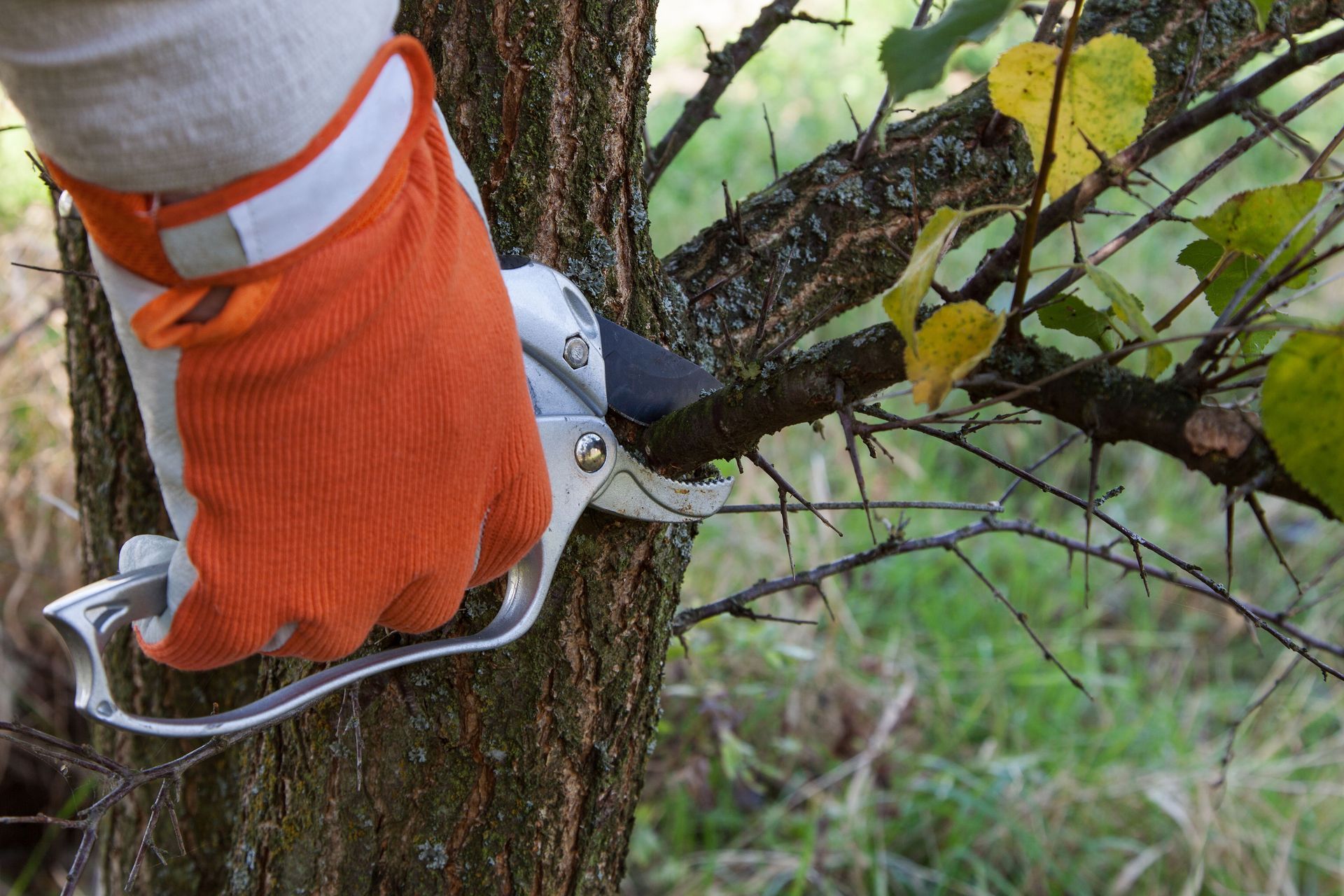
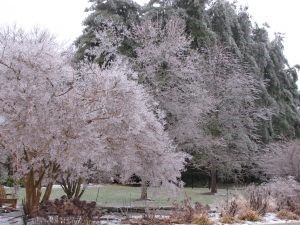
Share On: